In the expansive world of transportation and logistics, understanding the nuances between various vehicular components is paramount. Among these, the distinction between trailers and semi trailers often sparks confusion, even among seasoned professionals. At CarMax Vehicle, we delve deep into these differences to provide clarity and enhance operational efficiency for our clients.
Defining Trailers and Semi Trailers
Before we dissect the differences, it’s essential to establish clear definitions:
Trailer
A trailer is an unpowered vehicle designed to be pulled by a powered vehicle, typically a truck. Trailers come in various shapes and sizes, serving multiple functions from transporting goods to carrying specialized equipment.
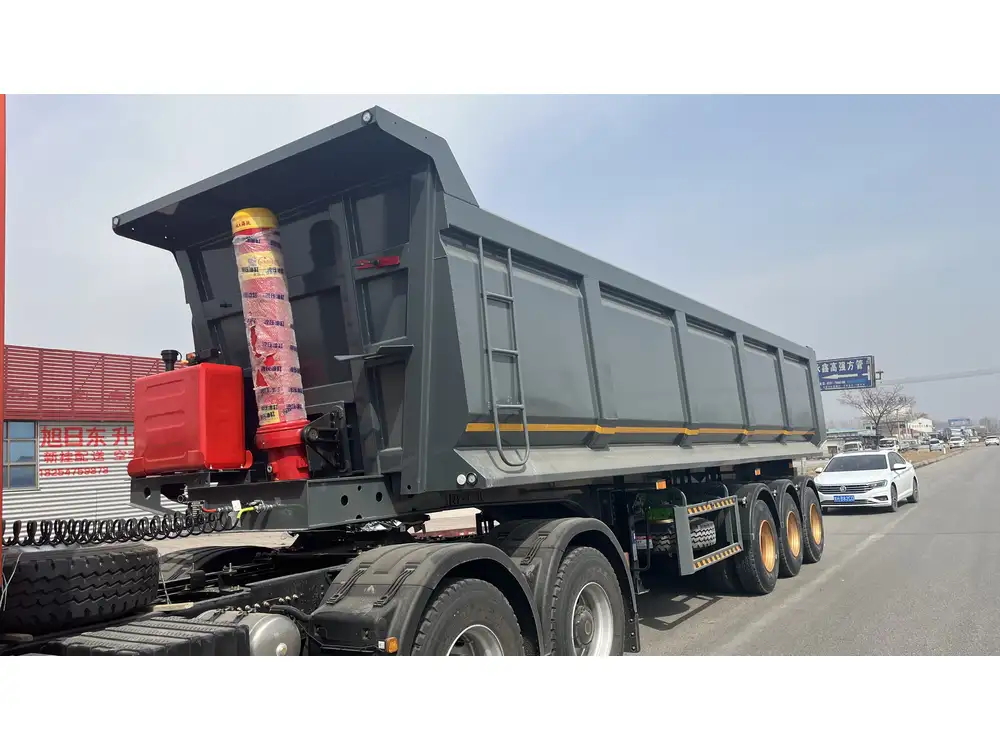
Semi Trailer
A semi trailer, on the other hand, is a specific type of trailer that lacks a front axle and relies on the tractor (the powered vehicle) to provide support. This design allows for greater flexibility and load distribution, making semi trailers a staple in the freight and logistics industry.
Key Differences Between Trailers and Semi Trailers
Understanding the differences hinges on several factors including design, functionality, coupling mechanisms, and use cases.
1. Design and Structure
| Feature | Trailer | Semi Trailer |
|---|---|---|
| Axles | Multiple axles supporting the entire trailer | No front axles; supported by the tractor unit |
| Connection | Coupled via a hitch or fifth wheel | Coupled primarily through the fifth wheel |
| Chassis | Fully supported by their own chassis | Partially reliant on the tractor for support |
| Height | Generally taller to accommodate full chassis | Lower profile for aerodynamic efficiency |

2. Coupling Mechanism
Trailers often use a standard hitch system, which connects directly to the towing vehicle. This connection is straightforward but may limit the weight and type of cargo that can be transported.
Semi Trailers utilize a fifth wheel coupling, affixed to the tractor unit. This design enhances stability and allows for heavier loads, as the weight is distributed between the tractor and the semi trailer.
3. Functionality and Use Cases
Trailers are versatile, commonly used for lighter loads, recreational purposes (like RVs), or transporting specialized equipment. Their design accommodates a wide range of applications but may lack the capacity for extensive freight.
Semi Trailers are engineered for heavy-duty transportation. They are integral to long-haul trucking, enabling the movement of substantial freight volumes efficiently. The design facilitates easy detachment, allowing for flexible routing and cargo management.
Advantages of Semi Trailers Over Trailers
Semi trailers offer several benefits that make them a preferred choice in commercial logistics:
Enhanced Load Capacity: The design allows for greater weight distribution, enabling the transportation of more substantial and heavier loads without compromising stability.
Improved Maneuverability: The absence of front axles and the articulation with the tractor unit result in better maneuvering capabilities, especially in tight spaces or urban environments.
Fuel Efficiency: The streamlined profile of semi trailers reduces air resistance, contributing to better fuel economy over long distances.
Versatility in Cargo Management: Semi trailers can be easily detached and reconnected, facilitating efficient loading and unloading processes and reducing downtime.
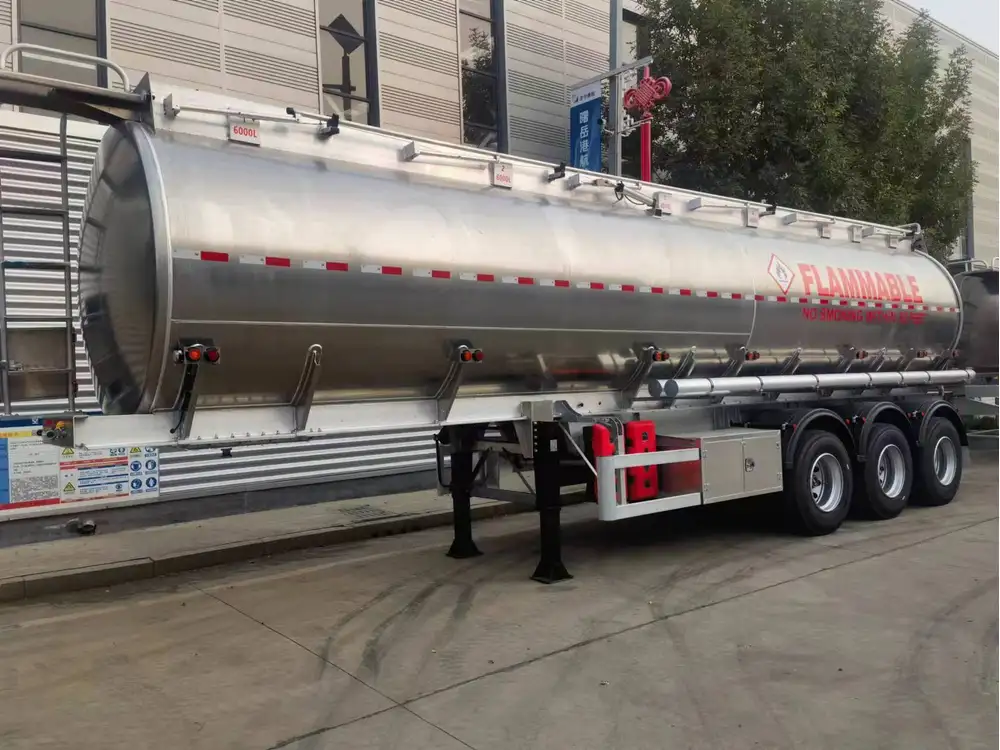
Choosing the Right Trailer for Your Needs
Selecting between a trailer and a semi trailer depends on various factors related to your specific requirements:
Load Requirements
Assess the weight and volume of the cargo you intend to transport. Semi trailers are ideal for larger, heavier loads, whereas standard trailers may suffice for lighter, less bulky items.
Distance and Route
Consider the distances to be covered and the nature of the routes. For long-haul transportation with varying terrains, semi trailers offer better stability and efficiency.
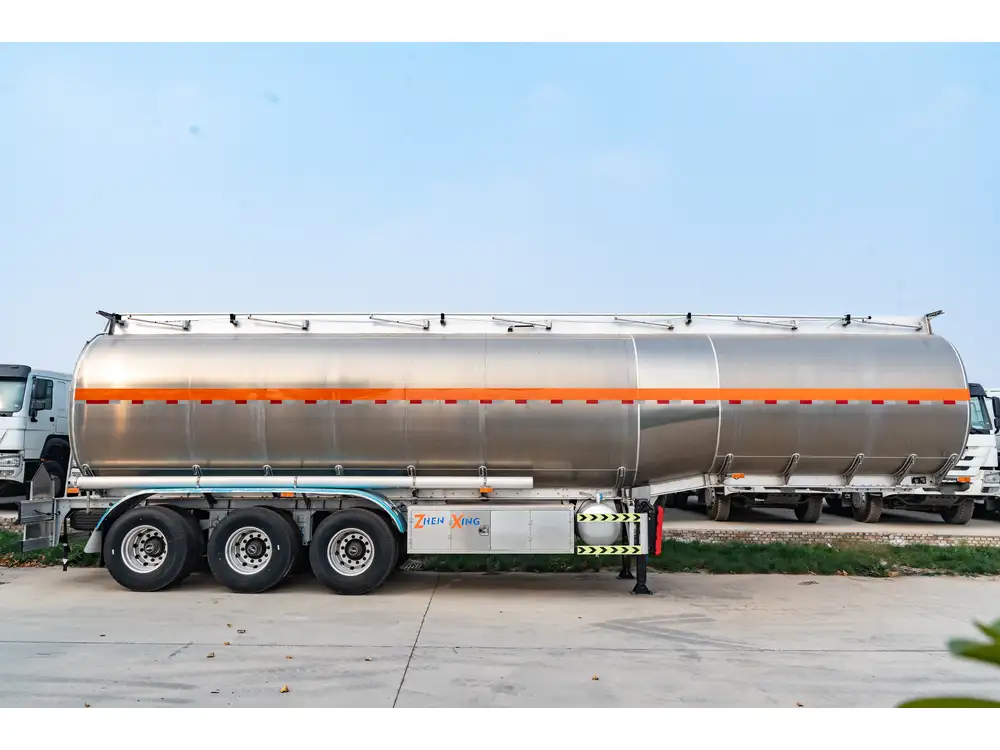
Frequency of Use
If your operations require frequent loading and unloading, the ease of detaching semi trailers can enhance productivity and reduce turnaround times.
Regulatory Compliance
Different regions may have specific regulations regarding trailer sizes, weights, and configurations. Ensuring compliance is crucial to avoid legal complications and ensure smooth operations.
Innovations in Trailer and Semi Trailer Design
At CarMax Vehicle, we continually innovate to meet evolving industry demands. Recent advancements include:
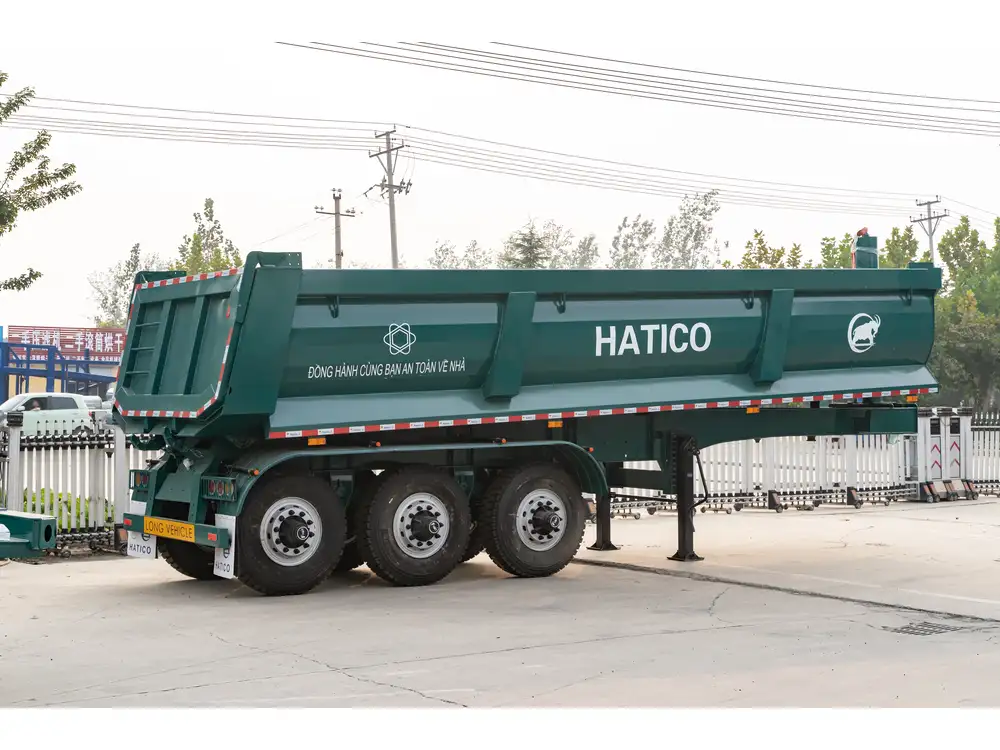
Aerodynamic Enhancements
Modern semi trailers feature streamlined shapes and materials designed to minimize drag, enhancing fuel efficiency and reducing operational costs.
Smart Technology Integration
Incorporating IoT devices and telematics systems allows for real-time tracking, predictive maintenance, and improved fleet management, ensuring optimal performance and safety.
Sustainable Materials
The use of lightweight, durable materials contributes to both environmental sustainability and improved load capacities, aligning with global green initiatives.
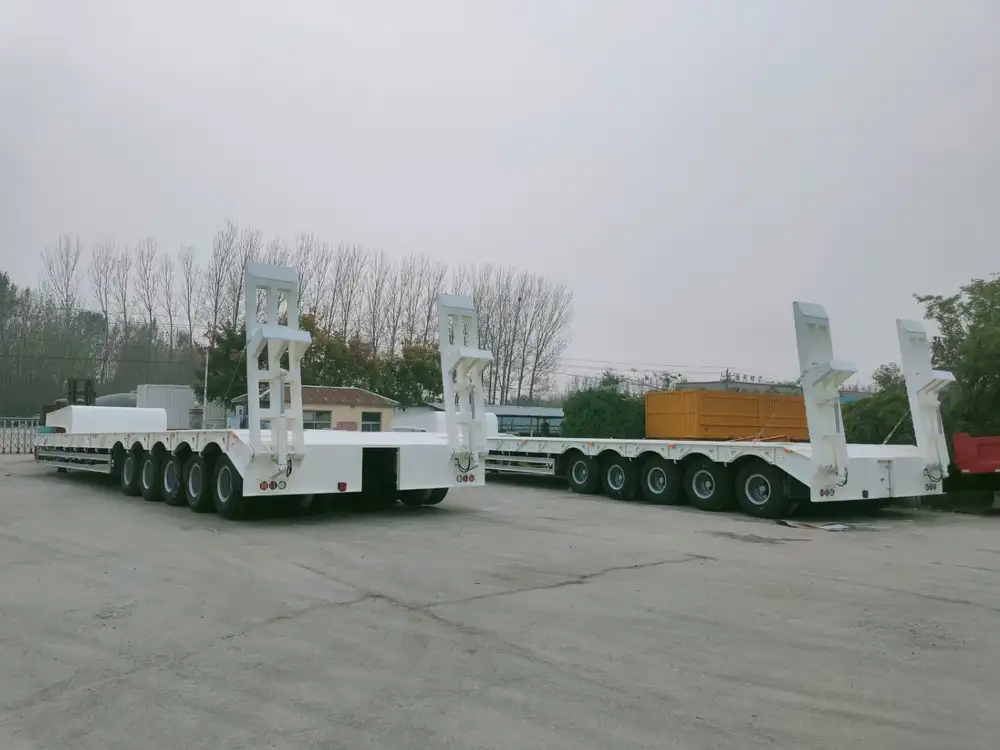
Maintenance and Safety Considerations
Proper maintenance is essential to ensure the longevity and safety of both trailers and semi trailers.
Routine Inspections
Regular checks for tire integrity, brake functionality, and structural components prevent potential failures and enhance safety.
Load Security
Ensuring that cargo is properly secured minimizes the risk of accidents caused by shifting loads, especially critical for semi trailers carrying heavy freight.

Compliance with Safety Standards
Adhering to national and international safety standards ensures that your vehicles meet the required specifications, reducing liability and enhancing operational reliability.
The Role of CarMax Vehicle in Trailer Solutions
As a leading manufacturer, CarMax Vehicle is committed to delivering high-quality trailer and semi trailer solutions tailored to your specific needs. Our expertise encompasses:
Custom Design and Manufacturing: Developing trailers and semi trailers that align with your operational requirements and logistical challenges.
Quality Assurance: Implementing stringent quality control measures to ensure each unit meets our high standards of performance and durability.
After-Sales Support: Providing comprehensive support services, including maintenance, repairs, and upgrades, to ensure your fleet remains in optimal condition.
Future Trends in Trailer and Semi Trailer Technology
The transportation industry is witnessing a surge in technological advancements that promise to revolutionize trailer and semi trailer designs:

Autonomous Features
Integration of autonomous driving technologies aims to enhance safety, reduce human error, and increase efficiency in freight transportation.
Electric and Hybrid Models
The shift towards electric and hybrid semi trailers is driven by the need for sustainable transportation solutions, reducing carbon footprints and operational costs.
Modular Designs
Flexible, modular trailer designs allow for quick reconfiguration based on cargo types and sizes, providing adaptability to changing logistical demands.

Conclusion
Distinguishing between trailers and semi trailers is fundamental for optimizing transportation operations. Understanding their unique designs, functionalities, and applications enables businesses to make informed decisions, enhancing efficiency and profitability. At CarMax Vehicle, we are dedicated to providing top-tier trailer solutions that cater to your specific transportation needs, supported by innovation and unwavering quality.
Frequently Asked Questions
1. What is the primary difference between a trailer and a semi trailer?
The main difference lies in their design and support mechanisms. Trailers are fully supported by their own axles and connect to a towing vehicle via a hitch, while semi trailers rely on the tractor unit for front support using a fifth wheel coupling.
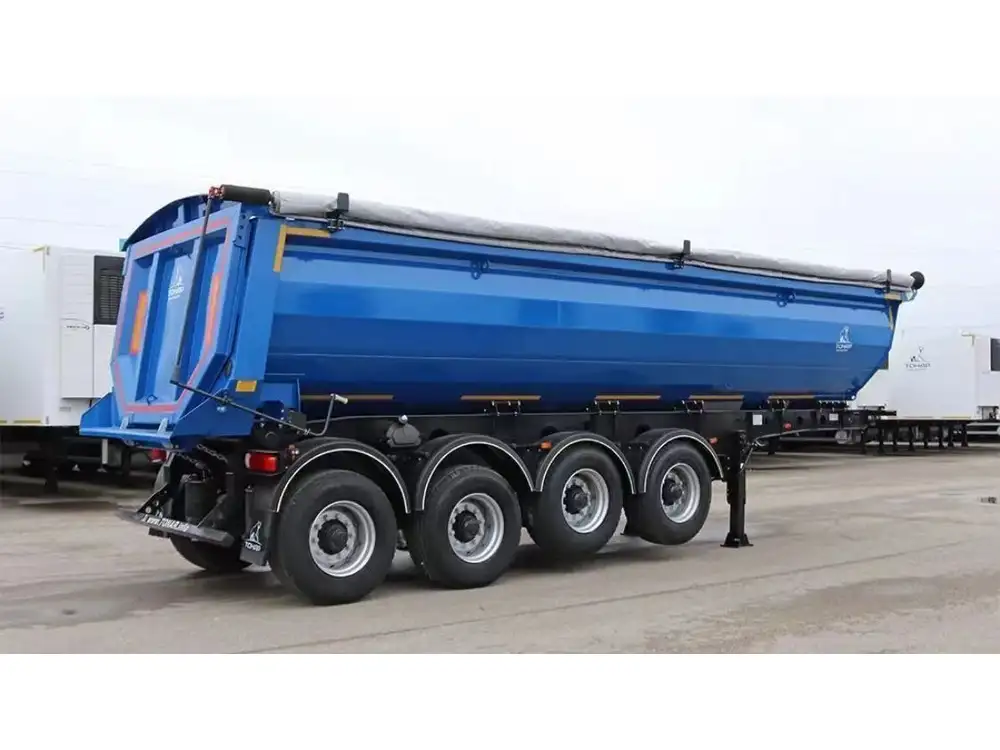
2. Can semi trailers be used for recreational purposes?
While semi trailers are primarily designed for heavy-duty commercial use, they can be adapted for recreational purposes. However, their size and weight may not make them the most practical choice for typical recreational activities compared to standard trailers.
3. What maintenance is required for semi trailers?
Regular maintenance for semi trailers includes inspecting tires, brakes, lights, and structural components. Ensuring load security and adhering to maintenance schedules are vital for safety and longevity.
4. Are there different types of semi trailers available?
Yes, there are various types of semi trailers tailored to specific cargo needs, including flatbed, refrigerated, tank, and container trailers, each designed to optimize the transportation of different goods.
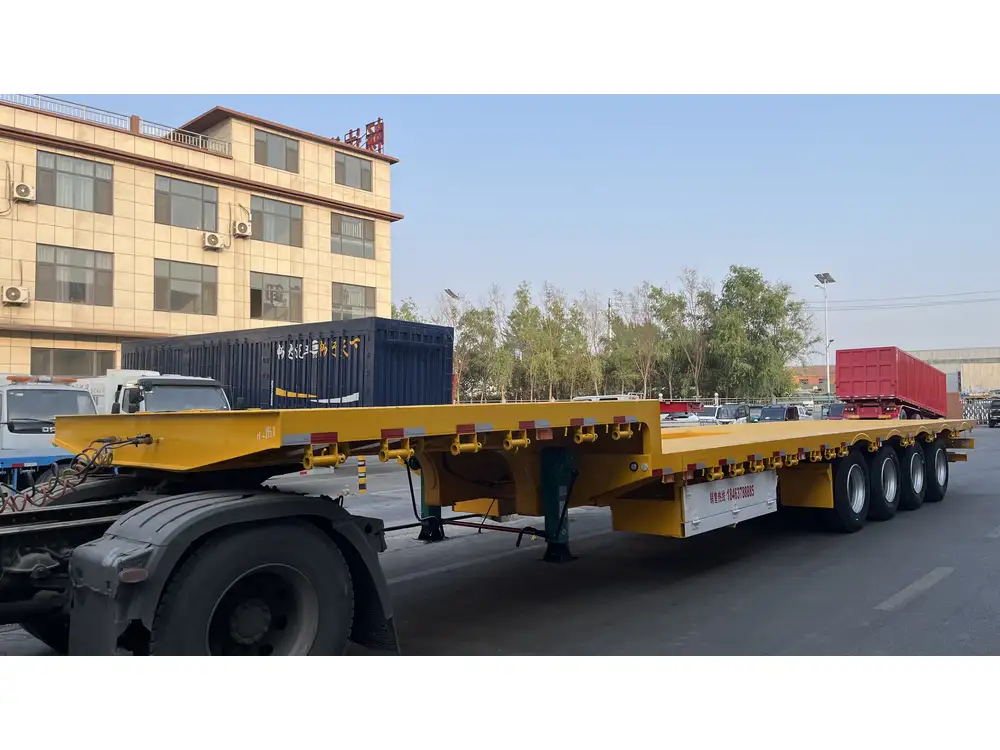
5. How do semi trailers contribute to fuel efficiency?
Semi trailers often feature aerodynamic designs that reduce air resistance, leading to improved fuel efficiency. Additionally, lighter materials and optimized weight distribution further enhance fuel economy during transportation.



